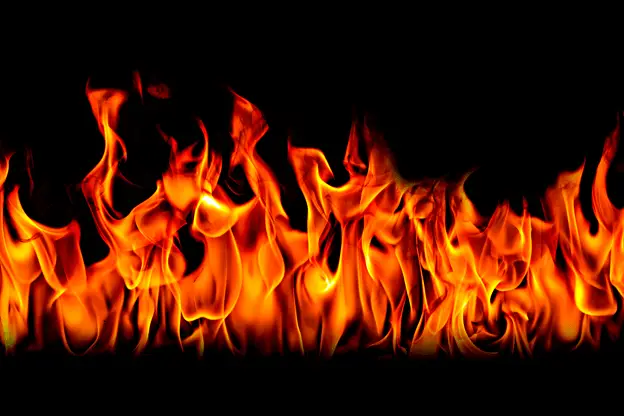Colorado suffered a terrible wildfire, driven by crazy-high winds, in late 2021 that ripped through neighborhoods and whole towns. Find really good reporting on the Marshall Fire here. Amid the devastation? So many lost and terrified pets, and people desperate to help them. Facebook groups popped up instantly with people sharing photos, locations, and such for both lost and found pets. As much as everyone wants to help, many make animal rescue mistakes. Here are the top things NOT to do, in my humble opinion.
More...
Animal Rescue Mistakes - What NOT to Do
1. Don't self-deploy into an active wildfire or even afterwards.
First responders do not need a bunch of people running into an already difficult situation. Even in the days immediately after the fire, it is not safe to just go walking into and poking around destroyed neighborhoods.
Having a bunch of strangers tromping around neighborhoods can spook pets who are already freaking out. If they start running or move into unfamiliar areas, that can be a big animal rescue mistake and hamper the process of reuniting people with their beloved pets.
Ask about joining organized, qualified search parties, if you really need to be boots on the ground.
2. Don't ask for / expect instant updates from families desperately trying to find their lost pets.
Honestly, it isn't there job or their priority to keep *you updated. Be patient. Some success stories will come in time.
3. Don't go grabbing or trapping every cat you see.
Some may be pets. Some may be community cats. If they seem uninjured, it's better to leave them in the areas they feel safe. Removing them, even if you take them to local shelters accepting pets from the wildfire area, may lower the chances of being reunited with their families or caretakers.
Cats, in particular, require a specific type of rescue operation. Often there specialists come in once it's safe to help with these efforts and work for weeks and weeks to locate and trap lost cats. If you want to learn more about it, they sometimes do quick trainings before deploying into the area. Helping lost cats is VERY different from helping lost dogs.
4. Keep your judgements to yourself.
During the Marshall Fire, in particular, there was a dog daycare center that couldn't fit all the dogs into their cars as they fled the fast-moving fire, so they let some of the dogs (including their own) loose. With almost no time to react, everyone did the best they could, and certainly don't need judgements from those not affected.
P.S. All 41 dogs from that daycare survived.
5. Only donate what local animal rescue agencies say they need.
Yes, everyone feels helpless in these situations and wants to do something / anything, but an avalanche of items they don't need, can't use, don't have room to store, etc. do not help and only add to the burden animal shelters face when dealing with complicated scenarios and people making animal rescue mistakes after something like a massive wildfire.
6. If you do help rescue a displaced dog, keep them really, really safe.
Freaked out dogs will bolt, even when their families are *right there to get them from a rescuer. Several dogs that were lost, then found, went missing again (sometimes for a couple of days) when they spooked during the handoff back to their grateful families.
Perhaps do the exchange in a well fenced area, if possible.
7. Don't just post sightings on social media. Report them to the right people.
Don't just post sightings of possible missing pets on social media. Often, the animal rescue agencies and teams for disasters like this have teams on-call to roundup lost pets. Take photos if possible. Note the exact location and direction of travel and report that information to the proper authorities (or families, if you're pretty sure you saw a pet on the missing list).
8. Don't post comments of support on social media that only flood important threads with too much not helpful info.
Instead, use the reaction buttons to show support, while keeping the threads of families trying to find lost pets tidy, so that they can easily see any possible sightings or information that's more important than some stranger's thoughts and prayers.




Yes to everything. I’ve had more experience being in active wildfire area than I’d wish on anyone. The other thing I’d add, is precautionary. Do take photos of your pets. Do put together an evacuation plan for your pets and keep food, crates, leashes and meds together even if you think the fire is far away. Fires move fast and with wind are unpredictable.
And if you have friends who suffer losses, just give your sympathy. No advice.
Really good points, Sharon. Thanks. I did write a piece a while back about an evac kit and having premade lost pet posters. Our EVAC PLAN